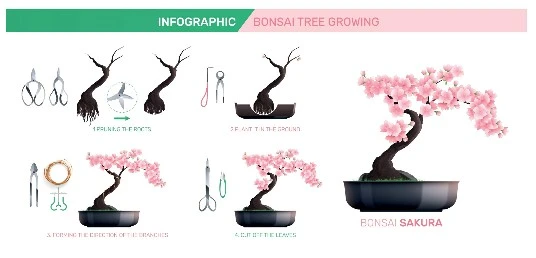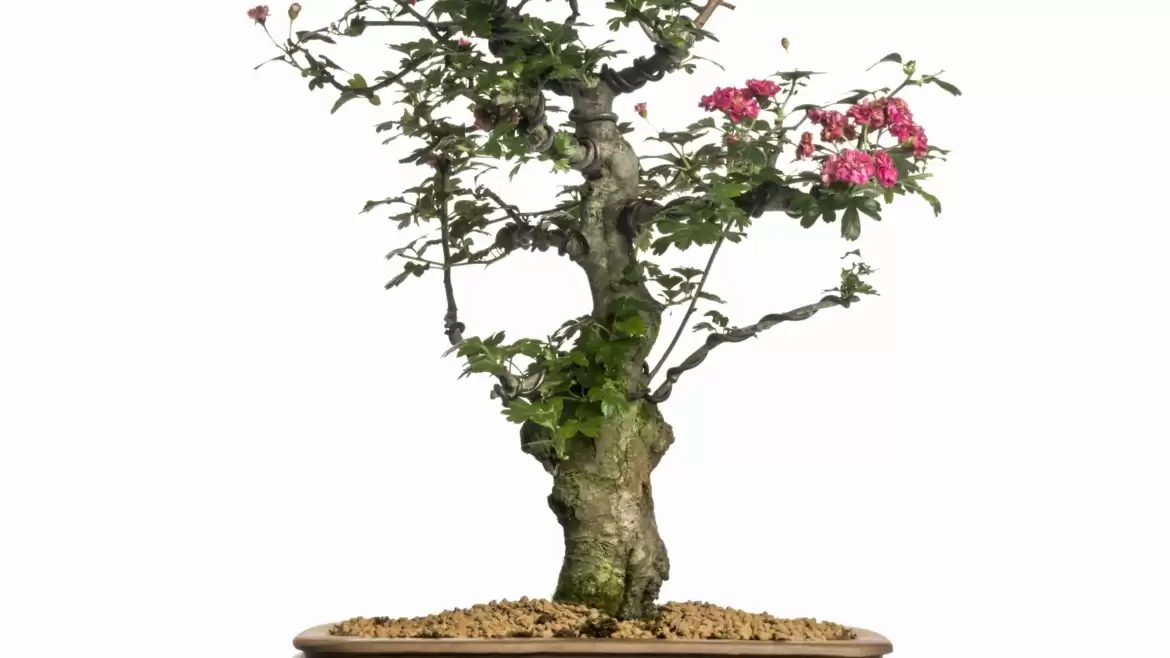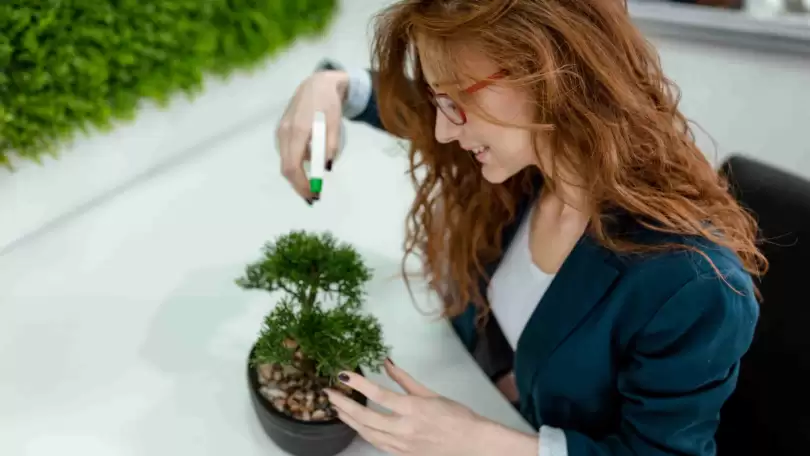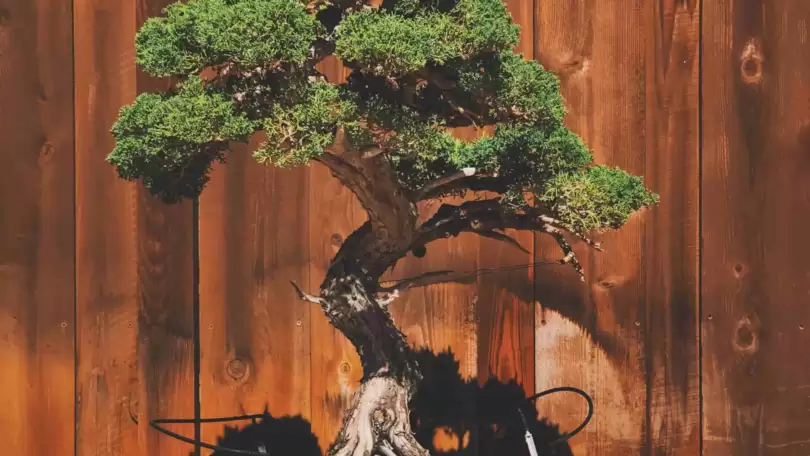How To Start Your Bonsai Trees Journey – Ultimate Guide
Sourcing the Best Bonsai Trees

When it comes to finding the best beginner bonsai trees, you have a few different options. You can purchase a tree from a local nursery or garden center, an online bonsai retailer, or a specialty bonsai store.
Local Nursery or Garden Center: If you have a local nursery or garden center, they may sell bonsai trees. This is an excellent option if you want to see the tree before purchasing it.
Online from a Bonsai Retailer: Many online retailers sell bonsai trees, and a great option if you want to see a wide variety of trees before choosing one.
Specialty Bonsai Store: If you live in an area with a specialty bonsai store, they will have a large selection of bonsai trees and all the supplies and tools you need to care for your tree. This is an excellent option if you want to purchase everything you need in one place.
Choose a reputable retailer when you are ready to purchase your first bonsai tree. This will ensure that you get a healthy tree that will thrive in your home.
Checking Health
Before bonsai reach the point of sale, they have often spent months, or years, waiting to be bought. As a result, many bonsai suffer stress and ailments due to this long period of neglected care.
For this reason, if possible, you should check the bonsai tree you plan to buy from the bottom up to ensure you are starting your bonsai journey with a tree that has the best chance of survival, a tree that will thrive in your care.
Methods for Checking Health
- Gently rock the tree trunk back and forth to see if the tree is grounded in its pot. If it rocks effortlessly, the roots may not be filling the pot. Movement may indicate that the roots are rotting or not growing well. Check the pot drainage holes and ensure that roots are not blocking them. If moss is growing over the soil, this is a good sign.
- Check for old wounds that may not have been appropriately sealed. Untreated wounds may cause further complications for you in the future, so it is best to avoid trees with this issue.
- Yellowing leaves can mean under or over watering, inadequate light, or a lack of trace elements, particularly magnesium. Yellow leaves may also point to more severe root issues, so the trunk rocking test should be carried out to determine this.
- Dry foliage areas may be caused by inadequate watering or spider mite infestations.
If you notice any of the issues above when choosing your bonsai, discuss this with the nursery staff, or avoid buying trees with these issues altogether. Buying a healthy tree is one of the most important first steps in bonsai care, as it ensures you have a good foundation for a lasting, happy and healthy bonsai.
Tools and Equipment
Now that you’ve chosen the perfect tree for your first bonsai, it’s time to gather the tools and equipment you’ll need to get started. Bonsai cultivation is a relatively simple process, but some essential tools and supplies are necessary to keep your tree healthy and looking its best.
As a beginner, keep things simple and don’t invest in many tools until you need to. Below is a list of the must-have tools and equipment for anyone embarking on the bonsai journey. These tools are more than sufficient to get you started:
Bonsai Pruning Tools: These are specially designed to cut through small branches and leaves without damaging the tree. A good quality set of pruning shears, concave cutters (8-inch cutters are the best), scissors, and wire cutters are essential for proper trimming and pruning.
Bonsai Wire: Bonsai wire is used to shape and style the branches of your tree. Bonsai trees re-quire two types of wire: anodized aluminum and annealed copper.
Aluminum wire is preferable for deciduous plants, while the more rigid copper wire is better for conifers and pines. I recommend using anodized aluminum wire if you’re just starting out, as it’s easier to work with and manipulate around small branches. 1.0- 2.0-, and 3.0-millimeter gauge wire works best.
Watering Can: A watering can with a fine nozzle is the best way to water your bonsai tree, to get to those tight spaces under your tree, and prevent the soil from washing away when watering. Choose a lightweight watering can with a large top opening for easy filling.
Gardening/Medical Gloves: These are optional; however, gloves will protect your hands from cuts and scratches while working with your bonsai tree if that’s a concern you may have. Thin gloves are best as they allow you to feel the delicate details of the tree’s branches while tending to your tree.
Cut Paste: Grey wound sealing paste is used to seal cuts when pruning.
Chopsticks/Root Hook: Chopsticks or a root hook work equally well for targeted pruning, and they are an essential tool in your arsenal. Teasing old soil from the root ball, then untangling delicate roots before root trimming and tree repotting is more manageable with chopsticks or a root hook.
Jacking/Bending Tool: This tool allows drastic changes to the tree’s structure to be achieved. When working with thick branches, a jacking tool can come in handy for this purpose. These come in a variety of sizes; however, the smallest size works well for a beginner.
Infographic – Bonsai Trees Growing

Illustration 1.0 clearly shows the relationship between your tools and at which stage of bonsai care they are used.
- Bonsai shears are used to trim the downward/vertical roots prior to repotting. This encourages outward growth of the root system, creating a Nebari.
- The use of chopsticks or a root hook (pictured) are used to tease away old soil from the roots, and untangle roots prior to repotting.
- Wire, wire cutters, and/or a jacking tool are used to shape your bonsai when conducting structural pruning, gently bending branches to create an appealing style.
- Bonsai scissors are used to cut the leaves and small branches of your bonsai to complete the pruning and styling process.
YouTube Bonsai
Creating The Perfect Growing Environment
Now that you have all the tools and equipment you’ll need, it’s time to create the perfect growing environment. This includes creating a proper climate for your tree.
Indoor Placement
Placement is so crucial for the health of a bonsai. Inside, trees should be placed directly in front of a south-facing window, but not too close. Don’t keep your tree on the windowsill as the cold emitted from the window during the night may shock the tree.
This is the only way they will receive enough sunlight to stay healthy. If you don’t have a south-facing window, you can place your tree under grow lights. Indoor bonsai are usually of the subtropical or tropical variety, as these trees are more tolerant of the lower light levels found indoors.
Because of this, they need to live in a relatively high humidity environment to stay healthy; between 40 – 60% humidity is ideal. One way to increase the humidity level is to place the pot on a tray of wet pebbles. The water will evaporate and create a humid environment around the trees. A small humidifier can also be used in the room your bonsai lives.
Outdoor Placement
The first step is to choose the perfect location for your tree. Bonsai trees need lots of sunlight, so choose a spot in your garden or inside space that receives full sun, at least 6 hours per day. If you live in a climate with hot summers, you may need to provide some afternoon shade for your tree.
First, make sure that the climate is suitable for your tree. Some trees can only live in certain climates and will die if moved outside of their natural environment. Second, consider your tree’s size. A small bonsai will not do well in direct sun all day long and may need to be moved to a shaded area during the hottest part of the day.
Once you’ve chosen the perfect spot, it’s time to prepare the area for your bonsai tree. If planting outside in your garden, remove any weeds or grass from the site. Then, use a garden trowel to dig a hole approximately twice the depth and diameter of the tree’s root ball.
Place the tree in the hole with new compost, fill gaps with fresh compost, firm down, and water. A good quality organic compost works wonders for the tree as the fibrous content holds water well but still allows water to drain from the tree’s roots to maintain healthy moisture levels.
Now that your bonsai tree has a home, it’s time to start caring for it.




1 Comment